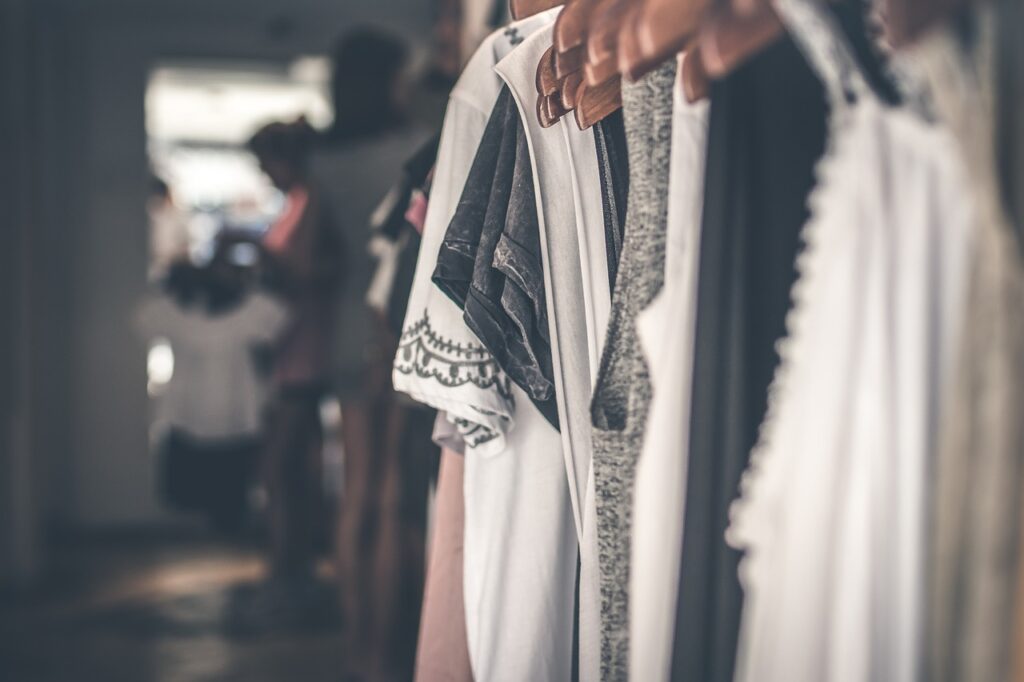Sustainable fashion is a growing movement aimed at reducing the environmental impact of clothing production and consumption. By making conscious choices, you can build a stylish, eco-friendly wardrobe without compromising on quality or aesthetics. Here’s how to embrace sustainable fashion and make ethical fashion choices.
1. Understand Sustainable Fashion
Sustainable fashion focuses on minimizing waste, reducing carbon footprints, and promoting ethical labor practices. Key elements include:
- Ethically Sourced Materials – Organic cotton, hemp, and bamboo fabric.
- Eco-Friendly Production – Lower water usage, reduced pollution, and fair wages.
- Slow Fashion – Buying fewer, high-quality garments that last longer.
2. Buy Less, Choose Wisely
One of the best ways to adopt sustainable fashion is to embrace a minimalist approach:
- Invest in timeless pieces instead of chasing fast fashion trends.
- Opt for versatile clothing that can be mixed and matched.
- Check fabric quality to ensure durability and longevity.
3. Choose Sustainable Brands
Many fashion brands are committed to ethical and eco-friendly practices. When shopping, look for brands that:
- Use organic or recycled materials.
- Follow fair trade and ethical labor policies.
- Have transparent sustainability commitments.
Some renowned sustainable brands include:
- Patagonia – Known for recycled materials and ethical practices.
- Eileen Fisher – Focused on organic fibers and fair wages.
- Reformation – Stylish, eco-friendly designs with transparency in production.
4. Opt for Second-Hand and Vintage Fashion
Buying pre-owned clothing reduces waste and gives new life to existing garments. Consider:
- Thrift stores for unique, budget-friendly finds.
- Vintage shops for timeless, high-quality pieces.
- Online resale platforms like Poshmark, Depop, and The RealReal.
5. Take Care of Your Clothes
Proper maintenance extends the life of your clothing and reduces waste:
- Wash clothes in cold water to save energy and prevent fabric damage.
- Air dry instead of machine drying to reduce carbon emissions.
- Repair and upcycle old clothes instead of discarding them.
6. Rent or Swap Clothes
If you love experimenting with different styles, consider:
- Clothing rental services for special occasions and seasonal trends.
- Clothing swaps with friends or online communities.
7. Support Ethical and Sustainable Materials
Fabrics play a significant role in sustainability. Look for:
- Organic cotton (grown without harmful pesticides).
- Tencel and bamboo (biodegradable and sustainable fibers).
- Recycled fabrics (made from upcycled textiles or plastics).
8. Dispose of Clothes Responsibly
Instead of throwing clothes away, consider:
- Donating to charities or shelters.
- Recycling textiles through programs like H&M’s garment collection.
- Upcycling fabric into accessories or home decor.
Conclusion
Building a sustainable wardrobe is not just about fashion—it’s about making ethical choices that benefit the planet. By shopping mindfully, supporting sustainable brands, and taking better care of your clothes, you can contribute to a greener and more responsible fashion industry. Start small, make gradual changes, and enjoy the journey toward a more sustainable lifestyle!

david Miller is an experienced English language expert with a deep passion for helping others communicate effectively and confidently. With a background in linguistics and literature, He provides clear, accessible insights on grammar, writing, and communication strategies. Through well-researched articles and practical advice, David Miller aims to make language learning both inspiring and achievable for readers of all levels.


